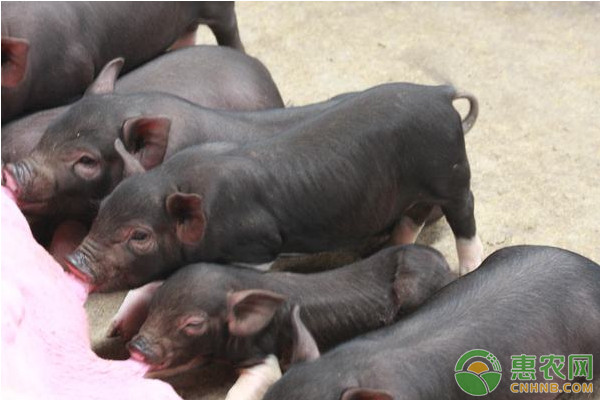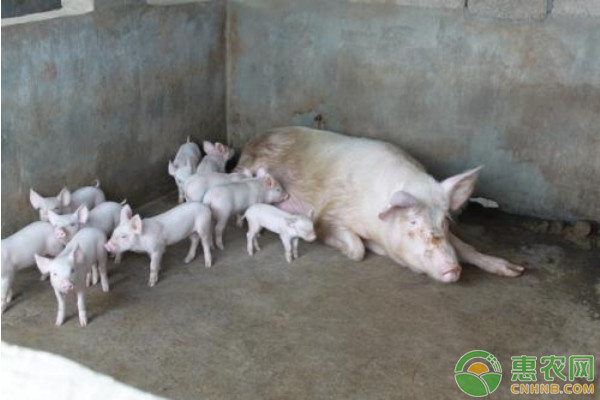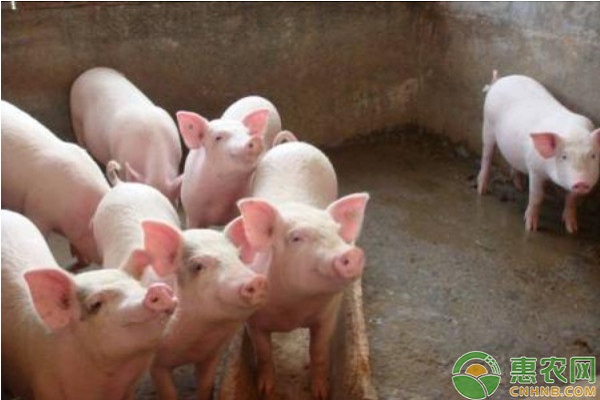As we all know, in the winter and spring seasons, the temperature changes so much. For many farmers, if they don’t pay attention, they will cause diseases such as poultry and animal husbandry. Now let’s learn about winter and spring. Prevention and control measures for diarrhea in large-scale pig farms in the season.

1 Classification of diarrheal diseases
The weather in winter and spring is changeable. Many large-scale pig farms will suffer from economic problems due to inadequate management or inadequate control measures during the season. Porcine diarrhea is a high incidence of winter and spring. From the classification of pathogens, it is mainly divided into two categories: bacterial diarrhea and viral diarrhea. Bacterial diarrhea mainly includes piglet jaundice, white peony (pathogen is Escherichia coli), red peony (the pathogen is Clostridium), swine dysentery (the pathogen is Helicobacter pylori), and piglet paratyphoid (the pathogen is Salmonella). Viral diarrhea is divided into three types: porcine transmissible gastroenteritis, swine epidemic diarrhea and porcine rotavirus disease. All three are clinically characterized by watery diarrhea, vomiting and dehydration. Boca virus, parvovirus gene type 3 and gene type 4, swine fever, pseudorabies and other viruses can not be used as primary pathogens, but they can cause diarrhea symptoms, but also need to be highly valued.
2 differential diagnosis method
There are many causes of porcine diarrhea, which are distinguished from clinical symptoms as follows. Piglet jaundice is more common in newborn piglets and is clinically characterized by diarrhea, yellow or yellowish feces. The incubation period is short, and the disease can occur within 12 hours after infection. The elderly are only 1~3d, the course of disease is 3~5d, and the mortality rate is as high as 80%.
Piglets with white sputum often have 2 to 4 weeks old piglets. They are characterized by grayish white, odor, and sputum-like dilute. The course of disease is 2 to 3 days to 1 week. The mortality rate is low, but the growth and development of piglets is delayed and the fattening cycle is prolonged.
Piglet red mites are mainly caused by intestinal toxemia in newborn piglets within 3 days. They are characterized by red stools. The intestinal mucosa is necrotic during necropsy, and the course of disease is short, but the mortality rate is high, up to 100%.
Pig dysentery is frequent in piglets of 7 to 12 weeks of age and is clinically characterized by mucinous or hemorrhagic diarrhea. Pigs of different ages and varieties are susceptible and the mortality rate is low, but the growth and development of sick pigs are hindered and the consumption of materials is increased.
Piglet paratyphoid fever occurs frequently in piglets from 2 to 4 months old, the incidence rate is not high, the mortality rate is high, and treatment is difficult. There are clinical symptoms such as constipation and diarrhea, and the course of disease is slightly longer, and the sick pigs are getting thinner. Large intestine necrosis or ulceration (around bulge, middle depression) can be seen during necropsy.
Pigs with infectious gastroenteritis have multiple births within 10 days of age, and the mortality rate is high. The main clinical symptoms are vomiting (the vomit is curd) and watery diarrhea. The intestinal tract is loose and the intestinal wall is thin. Surgical scalpel scraping of the inner wall of the intestine revealed necrosis of the villi. Porcine epidemic diarrhea is similar to porcine transmissible gastroenteritis, but milder than symptoms. The symptoms of rotavirus infection are similar to those of white sputum. Pseudorabies and swine fever can also develop diarrhea due to insufficient immune dose or acute infection. In view of the numerous pathogens of diarrhoeal diseases, it is necessary to carry out related laboratory diagnosis such as pathogen isolation of bacterial diarrhea or molecular biological detection of viral diarrhea, such as porcine transmissible gastroenteritis and pig epidemic. These three pathogens were tested by sexual diarrhea and rotavirus triple fluorescent RT-PCR.

3 prevention and control methods
3.1 Improve the pig house environment and ensure safe production
The weather in winter and spring is changeable, and the temperature adjustment measures should be used to keep warm or cool according to the weather forecast and actual temperature. When diarrhoea occurs in piglets, the recent weather conditions should be highly valued to ensure that the insulation facilities can be used flexibly and reasonably. If the pigs are piled up, it indicates that the temperature of the pig house is low, and the pigs have to squeeze each other for warmth. In this case, the insulation measures should be strengthened.
In the winter and spring season, the pig house is easy to be wet and messy, the metabolism of water in the pig is inhibited, and a large amount of body heat is lost, and the microorganisms are easy to breed, resulting in infection of the pig. Therefore, the pig house should be cleaned and the manure should be cleared on the same day. The manure sewage should be removed in time and cleaned. The wetness of pig houses in winter and spring is a common problem and should be highly valued. Keeping the house clean and dry can improve comprehensively from the aspects of improving temperature control equipment and water supply system, strengthening insulation measures, and adding decontamination facilities.
3.2 Accidental diarrhea, symptomatic treatment
In the event of a case of diarrhea, the diseased pigs (groups) should be quickly isolated and grouped, and strict disinfection measures should be implemented. At the same time as the differential diagnosis of the age and clinical characteristics of the diseased piglets, the relevant functional agencies or departments are actively involved in the laboratory diagnosis to determine the exact cause of diarrhea and symptomatic treatment according to the cause. There are many causes of diarrhea diseases, and the treatment plan is not repeated. General principles: Before the onset of illness, develop a comprehensive plan for immunization and its prevention and control, treatment, and actively implement various comprehensive control measures; after the onset, actively carry out diagnosis, as far as possible to diagnose the cause; for bacterial diarrhea, berberine can be used And prevention and treatment of antibiotic-sensitive antibiotics for Escherichia coli; for viral diarrhea, porcine transmissible gastroenteritis, swine epidemic diarrhea, and pig rotavirus (G-type) can be carried out before entering the winter and spring season. Vaccine immunization. When diarrhea occurs, oral rehydration work must be done. This is an indispensable method for treating various causes of diarrhea in pigs, which can prevent dehydration and death of pigs.

3.3 Carry out comprehensive protection to ensure the prevention and control effect
The farm should establish an efficient and responsible team of management and brooders to gain time for the discovery and control of early diarrhoeal diseases. At the same time, due to the emergence of diarrhea cases, the related workload has increased sharply. Establishing reasonable prevention and control indicators and appropriately increasing the wages of the breeding personnel have a good guarantee for the achievement of prevention and control effects. For the housing or delivery room where diarrhea has occurred, the soil should be treated harmlessly, and the ground should be strictly disinfected. The disinfection frequency is 1 time per 2~3d in the 5m 2 around the house or 3%~5 per day. % soda water once, so that the lime is sprayed under the unit bar to absorb moisture and disinfect. After 3~5 minutes, dry it with a dry mop.
At the same time, feed the sick pigs (groups) with feed that is easy to digest, palatable, and nutritious, improve their nutritional status, and ensure the recovery of sick pigs. Adding fatty acids and electrolytes in drinking water can adjust the electrolyte balance, or add yam powder, microecological preparations, and astragalus polysaccharides in feed or drinking water to ensure the pig's strong appetite and give the pig sufficient nutrition.
For the wonderful pictures and popular comments on the prevention and treatment of porcine diarrhea diseases, you may be interested in the following recommended contents. Welcome to read.
antioxidant
Shandong YingLang Chemical Co.,Ltd , https://www.sdylhgtrade.com